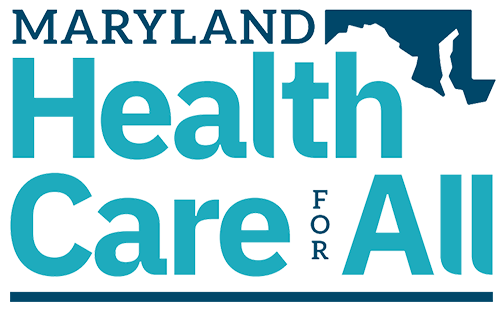Maryland Matters, Op-ed
November 15, 2024
Glenn Schneider and Sean Tunis
If the national election results taught us anything, it was that higher costs in the grocery store, at the gas pump and at the pharmacy significantly hurt working families, so much so that they turned out in great numbers to vote for candidates they thought would provide some cost relief.
Reducing the cost of prescription drugs is a priority both at the national and state levels. In 2022 alone, the U.S. Department of Health and Human Services reported that 4,200 different drugs had price increases and nearly half (46%) had price increases higher than inflation. Not surprisingly, nearly eight out of 10 people across the political spectrum say that drug company profits are a major factor contributing to higher drug costs.
As you might expect, drug companies oppose actions that might result in more affordable drug prices. In a recent oped by Kelly Schulz, she outlines Big Pharma’s talking points. We disagree with the tired industry talking points about drug price reform.
Like Schulz, we are Stakeholder Council members of the Maryland Prescription Drug Affordability Board (PDAB). We, however, are impressed with the thoughtful approach the board has taken to begin its work of lowering drug prices for Maryland residents.
Drug companies’ biggest arguments against drug pricing reform are that setting an upper payment limit for high-cost prescription drugs sold in Maryland will reduce drug company investment in new drug development or make it harder for people to access the drugs already prescribed to them. There are plenty of academic papers that dispute these suggestions. Few, however, would disagree that drug companies are swimming in profits.
Drug companies spend more money on stock buybacks, dividends, executive compensation and advertising than on investments in new prescription drugs. Similarly, extensive work has been done to assess the relationship between drug pricing and patient access, without clear evidence that lower prices reduce patient access. Schulz states that both negative consequences will occur due to PDAB actions, while citing no objective evidence.
Meanwhile, there is compelling evidence that the increased prices of some drugs are not justified by their clinical benefits. As one example, the Institute for Clinical and Economic Review reported that eight out of 10 of the highest-expenditure drugs reviewed in 2022 had price increases that were not supported by new clinical evidence (i.e., new evidence that suggests a drug will result in better patient outcomes); these increases accounted for $1.27 billion in additional patient costs over one year and massive drug company profits.
Schulz also incorrectly suggests that the PDAB board has not heard from enough people about its work. Since it was established, the board has participated in public forums across the state, reserves time for public comment at every board and Stakeholder Council meeting and has received dozens of comments from Maryland residents as well as representatives of drug companies and other businesses involved in the industry. While there are always ways to offer further opportunities for public input, the work is being conducted with a commendable level of transparency and opportunity for input.
The board has developed a thoughtful plan for establishing upper payment limits for some high-cost drugs, and once they are in place, they should help bring down the cost of buying these drugs for state and local governments – freeing up taxpayer funds for other important uses.
The board has put considerable effort into developing an evaluation plan to ensure that the program is having the desired effects, while avoiding unintended negative results. Like you, we look forward to lower prescription drug prices in Maryland; cost relief that will result from the action of the Maryland Prescription Drug Affordability Board and the upper payment limits for high-priced drugs that it will soon adopt.



